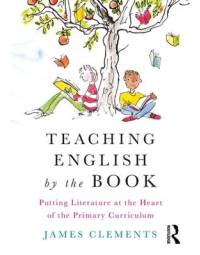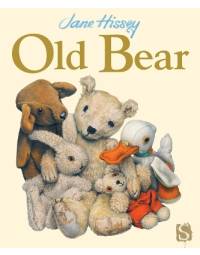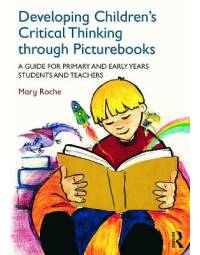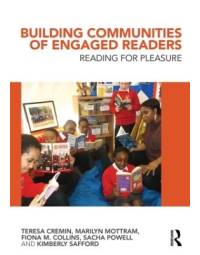Recently, I delivered a training day at the Book Centre focusing on how to create a reading school. It was a really productive day and I thought I would share some of the main elements that were focused upon and offer further ideas about how to bring reading to life in your school!
It was agreed that there were a number of key elements that would help schools develop:
- It was essential to support teachers to develop themselves as readers and see the school as a reading community.
- To ensure that the teaching of reading was based on sound pedagogic theory and that all teachers had an understanding of the different elements of this.
- To develop the reading environments throughout the school, including the library area, to ensure that all pupils are supported as readers.
- To share the latest texts that can be used to engage pupils and teachers.
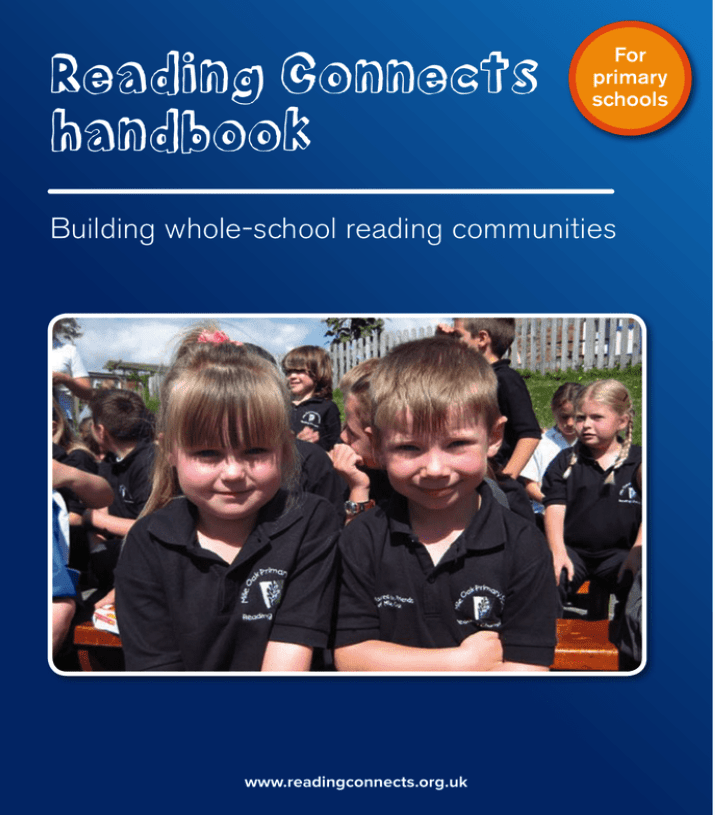

Audit current practice to find out if the school is already a reading community
There are a number of really effective tools that can be used to find out what the current reading climate is within the school. One that I have used, for a number of years, came from the ‘Reading Connects Handbook’ that can be read on line at:
http://studylib.net/doc/18638573/reading-connects---national-literacy-trust
Another very effective audit tool can be found on the National Literacy Trust website. Teachers and pupils can also be given a questionnaire to find out how they saw themselves as readers. Here is one that I created:
Reading questionnaire:
- Who is your favourite author?
- What is your favourite kind of book to read?
- Do you have a favourite book or books that you have enjoyed reading more than once?
- Do you enjoy reading any books about your hobbies?
- Has anybody recommended or given a book to you that you have really enjoyed?
- Do you like reading with anyone in particular? Who are they?
- Do you like reading in any special place? Where is it? What do you like reading there?
- Do you think you are a good reader?
- How does reading make you feel?
- What is the first book you remember being read to you? Who read it to you?
- Do you have any other important or special memories of reading?
- Do you think we are a reading school?
- Could we make reading more enjoyable at school? How?
Developing teacher’s knowledge in reading
There are a number of very good texts that can be read by teachers to extend their knowledge of the teaching of reading and learn more about the pleasure that high quality texts can bring.
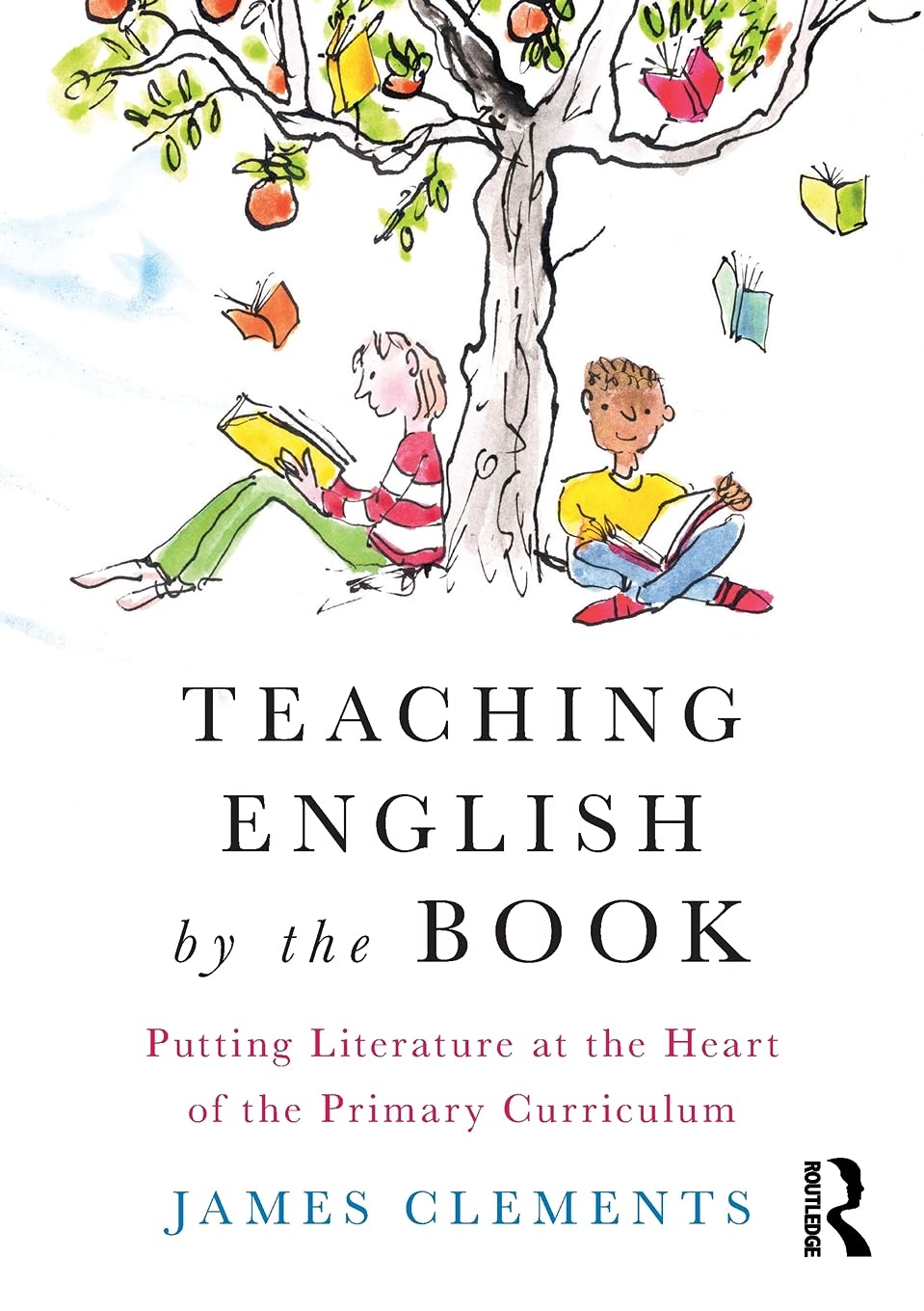

Teaching English by the Book: Putting Literature at the Heart of the Primary - James Clements
This is a very readable textbook written by James Clements (the creator of the website shakespeareandmore.com) which is packed with ideas for transforming children’s attitudes to reading and writing.
The book has chapters showing teachers how to use high quality books and poems to develop and enhance a text-based curriculum. These ideas are immediately useable in the classroom and will help teachers develop a real love of reading.
Guided readers – Layers of meaning: A handbook for teaching comprehension to 7 – 11 year olds - Wayne Tennent, David Reedy, Angela Hobsbaum and Nikki Gamble
This book gives teachers the theoretical backbone to underpin the effective teaching of reading comprehension, as well as eleven in-depth case study to draw upon in their own teaching. It explores how fiction and non-fiction, poetry and picture books, advertising and film can be used to support children’s critical thinking and deeper reading skills.
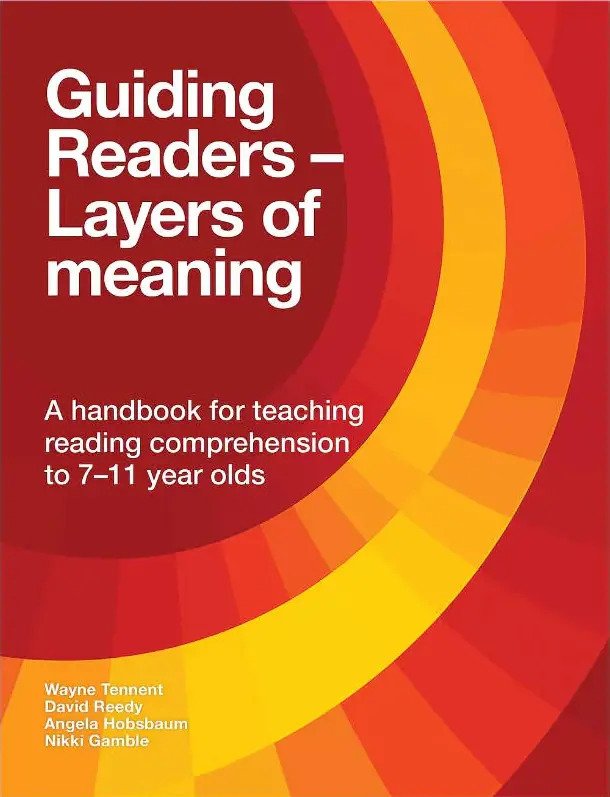

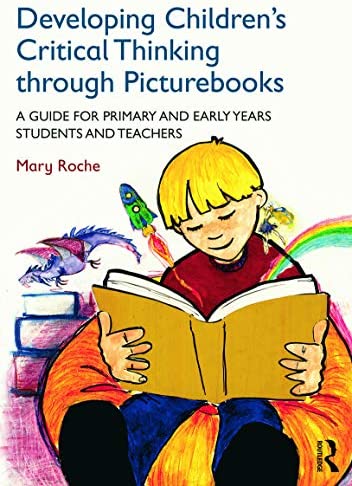

Developing Children’s Critical Thinking through Picturebooks - Mary Roche
This book gives teachers really sound advice about how to use picture books to develop their pupils’ oral language ability, critical thinking and visual literacy. It offers the reader an overview of recent international research and methodically explores how this can underpin effective teaching and learning.
Roche discusses how children make-meaning together, through thinking and discussion. It shares a range of carefully chosen picture books and gives practical advice about how to use them to develop children’s literary understanding.
Building Communities of Engaged Readers: Reading for Pleasure - Teresa Cremin, Marilyn Mottram, Fiona Collins, Sacha Powell and Kimberly Safford
This informative text explores how schools can develop their practice to ensure that reading for pleasure is at the heart of their learning community. It examines the shift in the focus of control and new social spaces that encourage reader’s choice.
The Rights of the Reader make compelling reading and we left thinking about the identity of the reader in the 21st century. We are left contemplating the importance of the relationships between children, teachers, families and communities to help them develop as readers. The Reading for Pleasure debate is enhanced by this text.
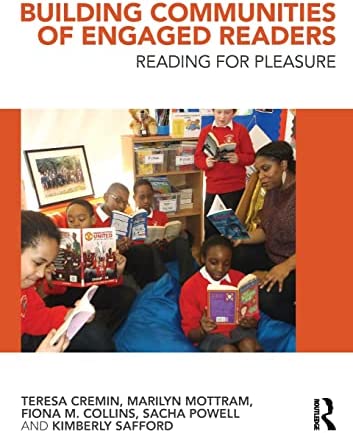

Developing the reading environments around school
By developing the shared reading areas around the school and the book areas within classrooms, pupils will see the importance of reading and feel inspired to be part of their reading community. This begins in EYFS, where reading plays such an important part in the learning.
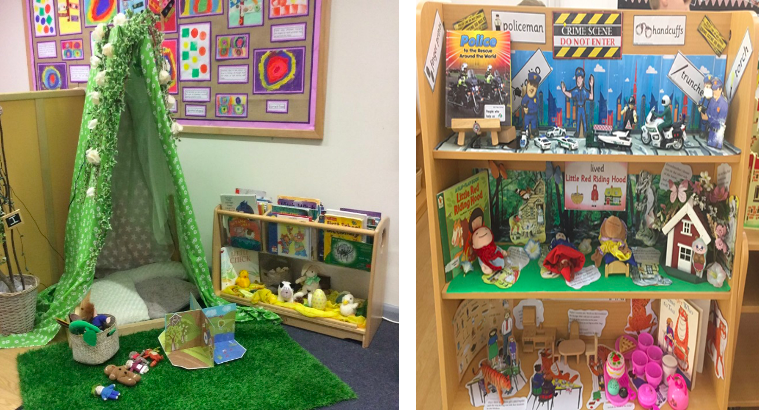

Reading areas in classrooms at Whitefield Infant, Nelson.
Many schools have been celebrating reading by displaying the range of books that pupils might enjoy reading, as can be seen in this photograph of a display board in Higher Openshaw Community Primary.
Other schools are giving their pupils a challenge to read 100 carefully chosen books before they leave at the end of KS2.
Many schools are creating doorways to learning, so that all pupils are bathed in a broad range of stimulating books as they move around their school, as can be seen in the images from Whitefield Infant.


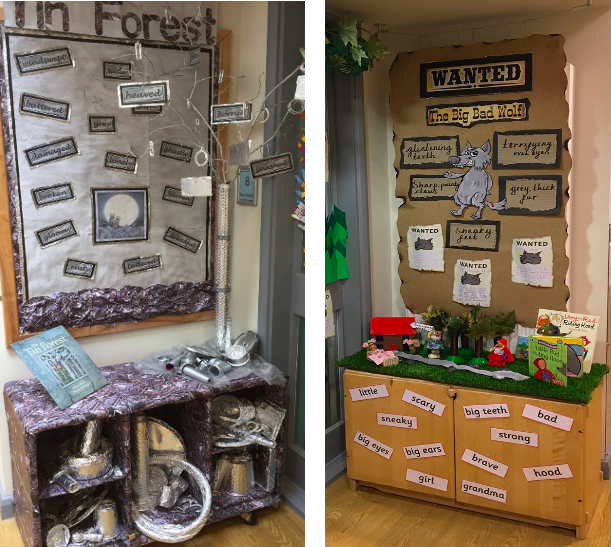

Display of books that pupils have enjoyed reading at Higher Openshaw Community Primary, Oldham (left) and doorways to learning displays in Whitefield Infant, Nelson (middle and right).
Book-based learning displays are also another way of sharing the love of wonderful texts with all the pupils.
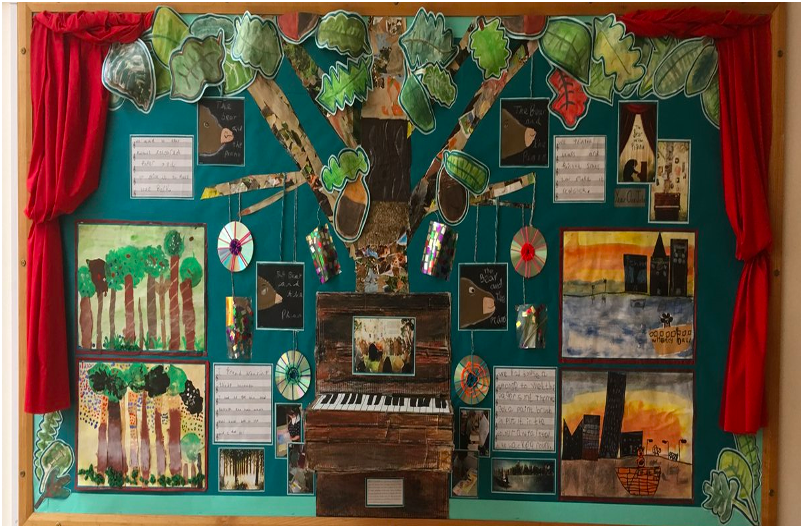

Book-based learning display at Ellenbrook Primary, Salford
Displays around the school should show pupils how important reading is to enhancing their curriculum. For exmaple, a display on frogs featuring a range of books, toys, play areas and real animals moving through the stages of their life cycle - as can be seen below.


Frog display used to enhance the cirriculum at Whitefield Infant, Nelson.
Children should be encouraged to share their love through book recommendations. Creating and sharing fire about books is a great way to get children enthusiastic. This is done very effectively in Holcombe Brook Primary School, Bury where the pupils are encouraged to give recommendations to each other. There is also a waiting list that the pupils have created that captures the sharing of the love of reading.
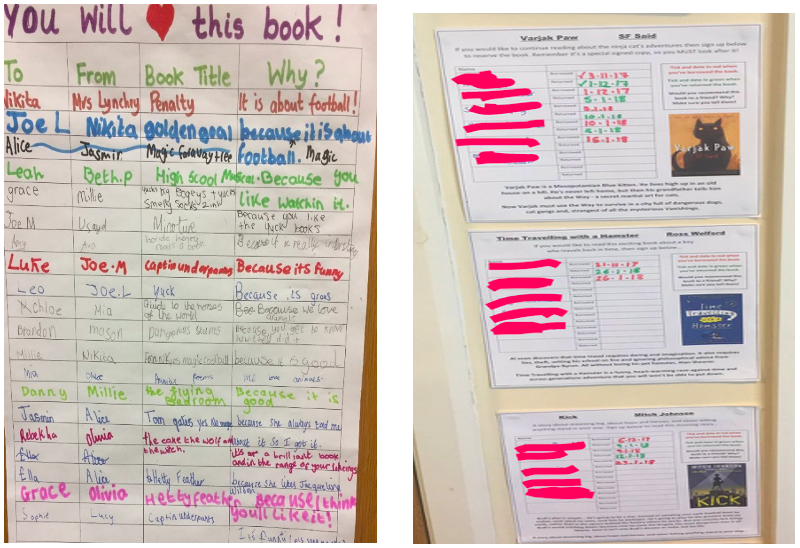

Recommended reads and book waiting lists for pupils at Holcombe Brook Primary School, Bury.
Teachers could also share their love of books through discussing their own recommendations. This display is a great way to show how what teachers to read when they were children and start a dialogue about book choices and life long-reading.
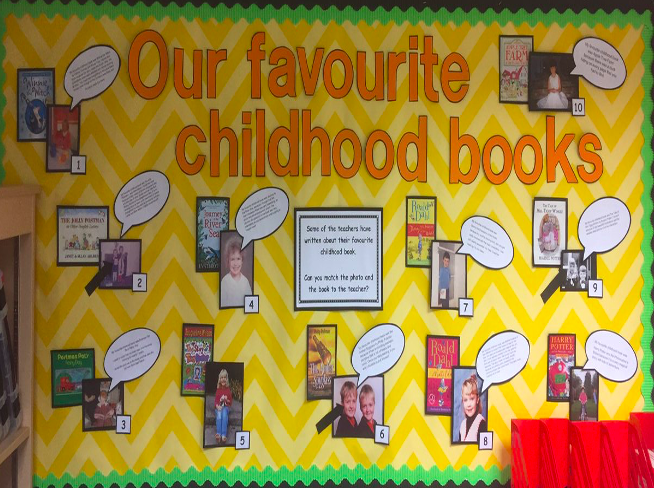

Favourite childhood books of staff at St Anthonys Primary, Manchester.
There are so many books that can help fuel that love of reading. Having regular Dazzle Boxes from Madeleine Lindley can ignite a regular discussion about the latest texts. There are so many texts that there is something for everyone! These can be order from their website or over the phone.
Another great way to keep abreast of the current texts that are available is to look at the latest reading award winners. The full lists of nominees can also be found on the Madeleine Lindley webiste, including:
- UKLA Book Awards
- YOTO Carnegie and Kate Greenaway Awards
- Blue Peter Book Awards
- Lollies (Laugh Out Loud Book Awards)
- Klaus Flugge Prize
- Excelsior Award Junior (graphic novels and manga)
- Young People's Book Prize (science)
Other ways to share the love of reading:
- Whole school joining of the local library.
- Regular school assemblies on different book themes, picture books, specific authors, non-fiction texts and poetry.
- Visits from authors, poets and illustrators throughout the years.
- Book festivals to open the door to the wider community.
- Reading in all sorts of places, even dog’s homes!
- Weekly family reading café to encourage parents to come into school and read with their pupils on a regular basis.
- Reading evenings, where parents are invited to come into the school to meet the different teachers who share displays of their favourite books or topics.
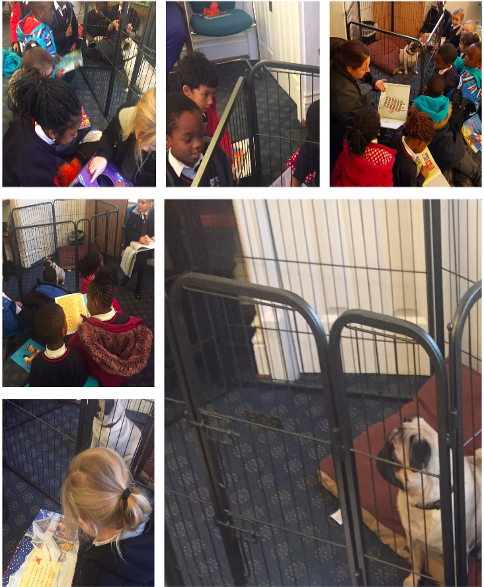

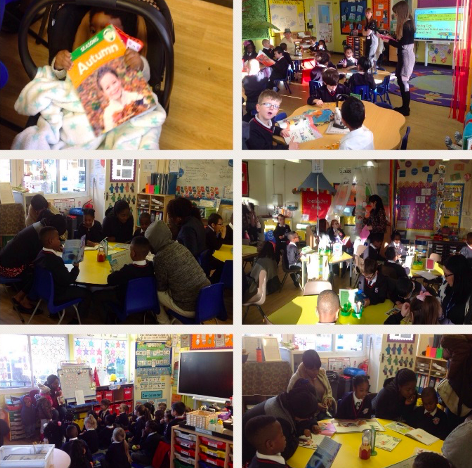

Children from Higher Openshaw Community Primary School reading in a dog home (left) and photographs of their family reading café (right).
The staff at Madeleine Lindleys can help you build a bespoke library full of books for your school with our School Library Supply service. We know that children who read for pleasure enjoy better opportunities throughout life because they have gained a richer vocabulary, more knowledge, critical thinking skills and a more self-directed learning framework. Let us help you create a positve reading environment in your school and classroom libraries that will encourage your pupils to find the joy in reading.
Our Dazzle Boxes are also perfect for refreshing libraries with new and exciting titles with inspiring illustrations and powerful stories. Each book collection is chosen by our team of experts here at Madeleine Lindley, with their aim to illuminate young readers' minds and bringing a love of reading into your school.


